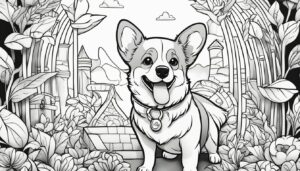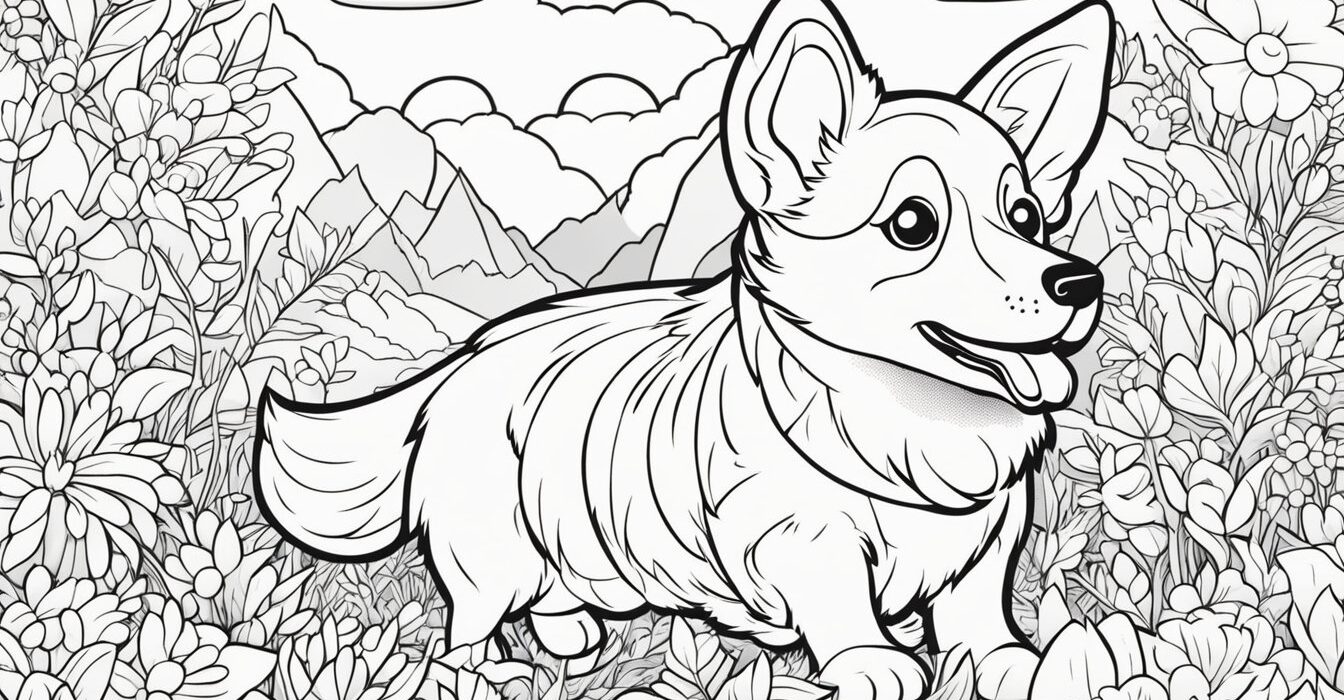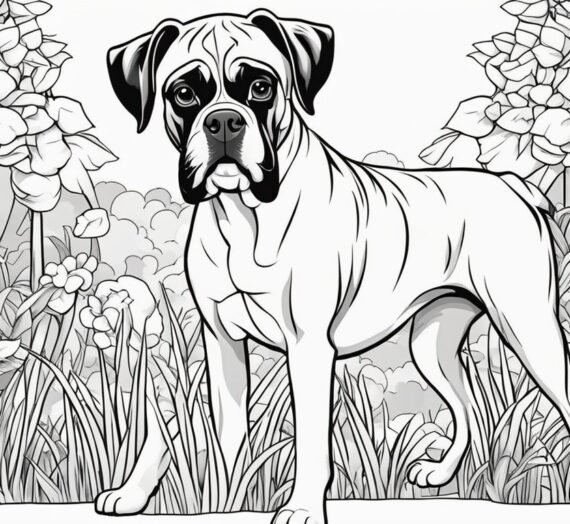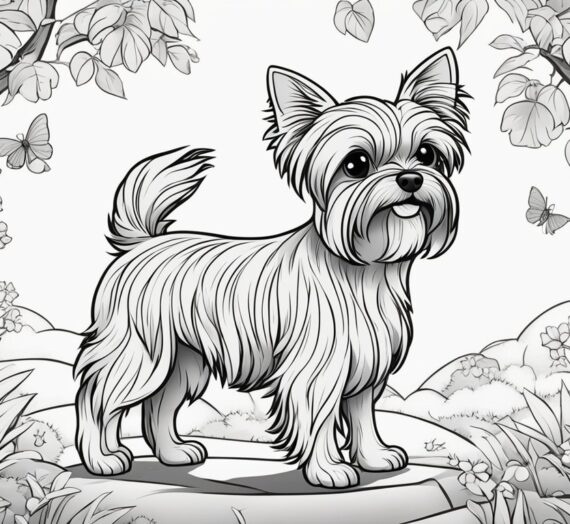Corgi Coloring Pages: Fun and Adorable Designs for All Ages. Corgis are a beloved breed of dog known for their adorable looks and playful personalities. They have captured the hearts of many, and now you can bring them to life through coloring pages. Corgi coloring pages are a fun and entertaining activity for all ages, allowing you to explore the world of these cute and cuddly dogs while indulging in a relaxing pastime.
Corgi Coloring Pages



These coloring pages typically feature corgis in various poses and settings, from running through fields to snuggling up with their owners. They come in a variety of colors, including fawn, red, sable, and black, each with or without white markings. Whether you’re a child or an adult, these coloring pages are perfect for anyone who loves corgis and wants to express their creativity.
With their short legs, big ears, and playful expressions, corgis have become a popular subject for coloring pages. They are known for their affectionate and loving nature, making them the perfect companion for any dog lover. So, grab your colored pencils or markers and get ready to bring these adorable dogs to life with corgi coloring pages.
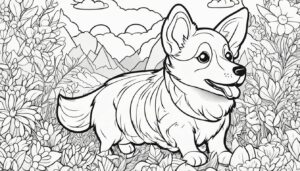
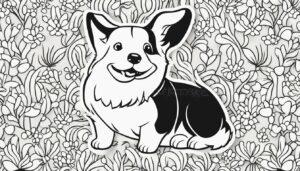
Essentials of Corgi Coloring Pages
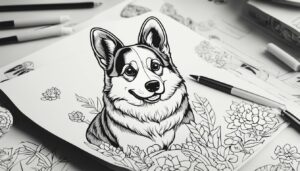
Understanding Corgi Anatomy
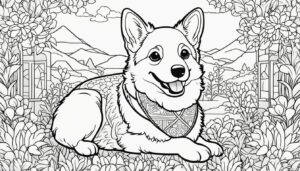
Before coloring a corgi, it is important to understand their anatomy. Corgis have a distinctive body shape with short legs, a long body, and a fox-like face. They also have large ears and a fluffy tail. When coloring a corgi, it is important to pay attention to these features and make sure they are accurately represented.
Color Palette Choices

When choosing a color palette for a corgi coloring page, it is important to consider the different colors that corgis come in. Corgis can be red, fawn, sable, or tri-colored (black, white, and tan). It is important to choose colors that accurately represent the corgi being colored.
Corgi Coloring Pages. For example, if coloring a red corgi, shades of red and brown should be used. If coloring a tri-colored corgi, black, white, and tan should be used in the appropriate areas. It is also important to pay attention to the markings on the corgi, such as a white blaze on the face or a white tip on the tail.
Overall, when coloring a corgi, attention to detail is key. By understanding corgi anatomy and choosing an appropriate color palette, a beautiful and accurate corgi coloring page can be created.


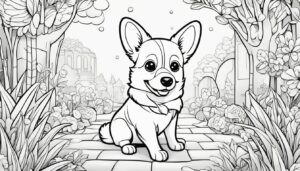
Advanced Techniques for Corgi Coloring Pages
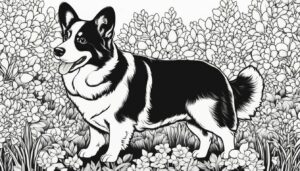
Corgi coloring pages can be a fun and relaxing activity for people of all ages. Whether you’re a beginner or an experienced colorist, there are several advanced techniques you can use to take your corgi coloring pages to the next level.
Shading Techniques – Corgi Coloring Pages
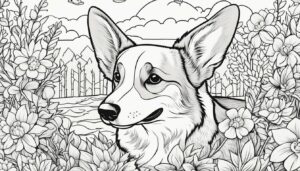
Shading is a technique that can add depth and dimension to your corgi coloring pages. One way to shade is by using a light source to determine where the shadows and highlights should be. For example, if the light source is coming from the top left, the shadows will be on the bottom right.
Corgi Coloring Pages. Another shading technique is to use different shades of the same color. Start with a light shade and gradually add darker shades to create a gradient effect. You can also use cross-hatching, which is drawing intersecting lines to create shading.
Texture Rendering
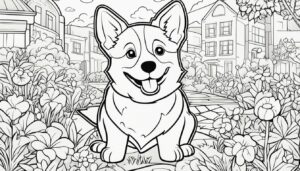
Corgi Coloring Pages. Texture rendering is another technique you can use to add realism to your corgi coloring pages. For example, you can use a stippling technique to create a fur-like texture. Stippling is the process of using small dots to create shading and texture.
Another texture rendering technique is to use different coloring tools. For example, you can use colored pencils to create a soft, fuzzy texture and markers to create a smooth, shiny texture.
In conclusion, using shading techniques and texture rendering can take your corgi coloring pages to the next level. Experiment with different techniques and tools to find what works best for you. Remember to take your time and have fun!


